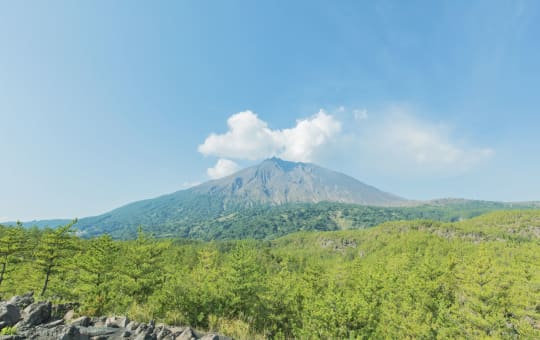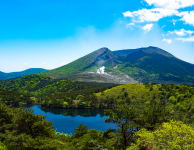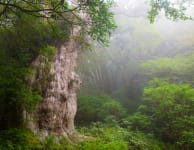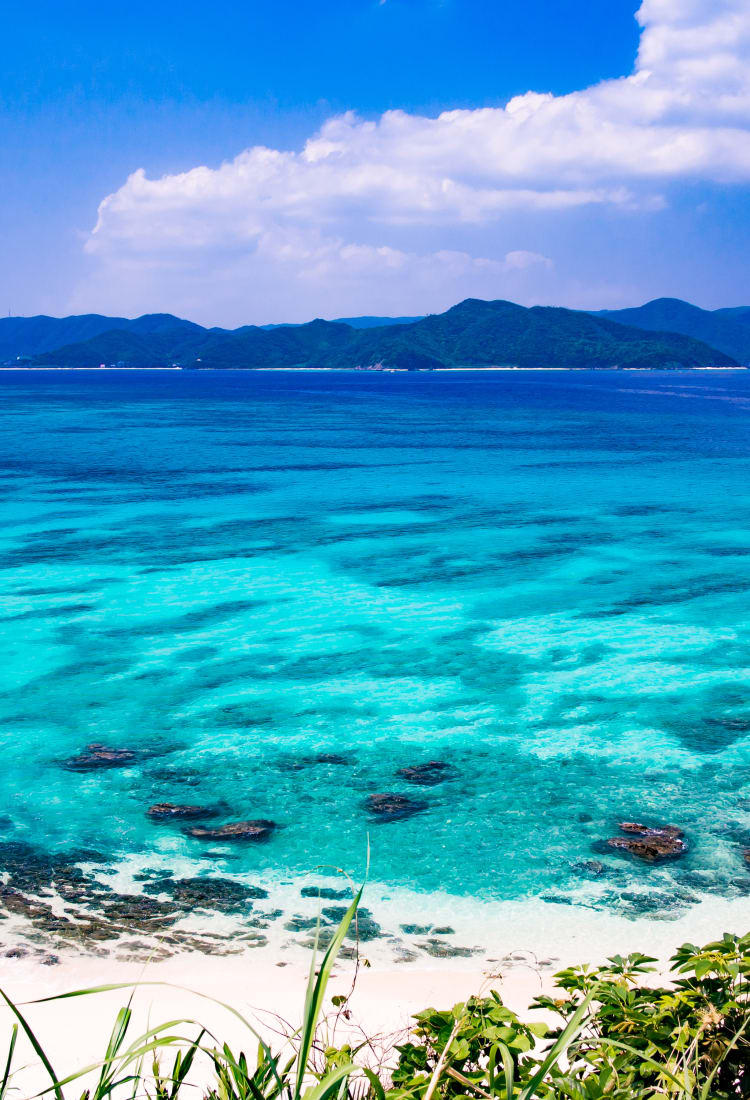

KAGOSHIMA Amami Islands Pure white sand beaches surrounded by thriving coral reefs, and primeval forests that retain their ancient appearance
Pure white sand beaches surrounded by thriving coral reefs, and primeval forests that retain their ancient appearance
The Amami Archipelago is a chain of islands off southwestern Kyushu. The islands belong to Kagoshima Prefecture and are part of the greater Ryukyu Islands chain that includes Okinawa. Known for their subtropical climate and excellent coral reefs, these islands offer year-round opportunities for water sports such as scuba diving, boating, surfing, and swimming.
Don't Miss
- Caving: The limestone caves of Okinoerabu Island are natural beauties steeped in mysticism
- Traditional Oshima Pongee silk: Pick up some of the locally made Amami-Oshima silk, with a history of around 1,300 years
- Bullfighting: Witness the powerful art of traditional bullfighting on Tokunoshima
How to Get There
The Amami Islands are connected by ferry and plane to the Kagoshima mainland.
Amami-Oshima is the most accessible of the islands. Ferry services regularly leave to both Kagoshima and Okinawa, while the airport links the island to Tokyo. Most smaller inhabited islands have regional flights to Kagoshima in Kyushu and Naha in Okinawa.
Amami-Oshima Island
Amami-Oshima is the largest of the Amami Islands. The island is part of the Amamigunto National Park, and the sea surrounding the island is crystal clear. The brightly colored coral reefs and tropical fish make for fantastic diving opportunities. Amami-Oshima was registered as a UNESCO World Natural Heritage site in July 2021 for its biodiversity, and the rare endemic animals and plants that have evolved independently over a long time.
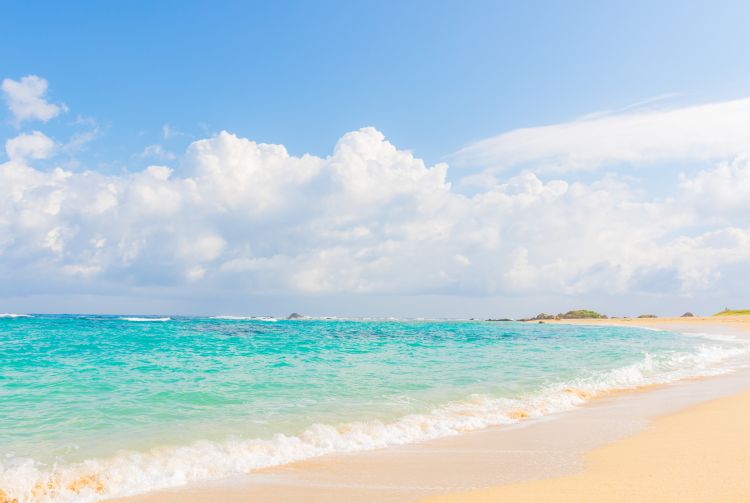

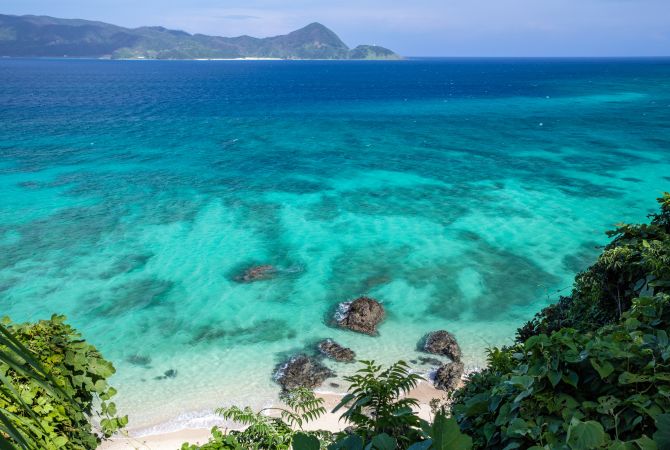

Oshima tsumugi silk is a specialty of the Amami Islands and has been used for about 1,300 years to make high-quality kimono. The unique dyeing techniques using mud, along with the weaving techniques, colors and the motifs inspired by the nature of the islands, makes this fabric highly sought-after.
Tokunoshima Island
The second-largest of the Amami Islands, Tokunoshima is home to a rare form of bullfighting known as bovine sumo or togyu. While the idea of bullfighting conjures up images of matadors and bloodied opponents, this event sees bull pitted against bull in a short fight for dominance. Togyu has been practiced on the island for over 500 years.
The second-largest of the Amami Islands, Tokunoshima is also registered as a UNESCO World Natural Heritage site with Amami-Oshima island. Tokunoshima is home to a rare form of bullfighting known togyu (bull sumo). While the idea of Spanish bullfighting conjures up images of matadors and bloodied opponents, this event sees heavy class bulls, weighing from 700kg to 1t, pitted against each other in a short fight for dominance. Togyu has been practiced on the island for about 500 years.
Tokunoshima has a beautiful coral coastline, and the island's beaches have few rivals. You'll enjoy good surf as well as crystal-clear snorkeling and scuba diving. Each June the island hosts an annual triathlon that is open to everyone.
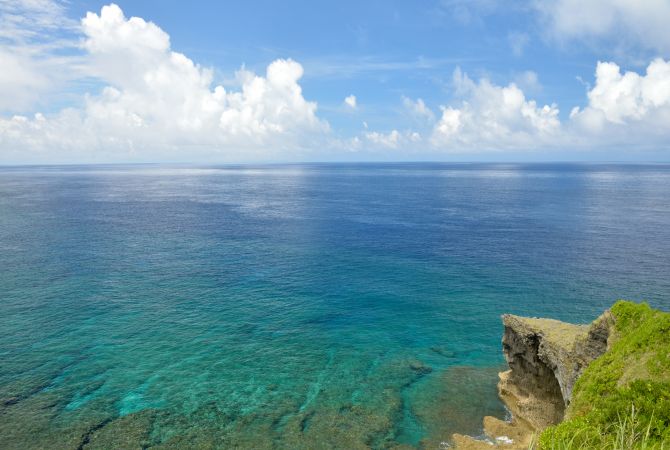
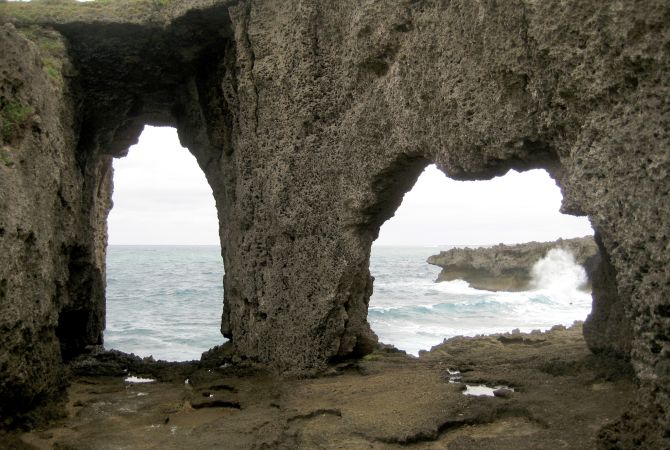
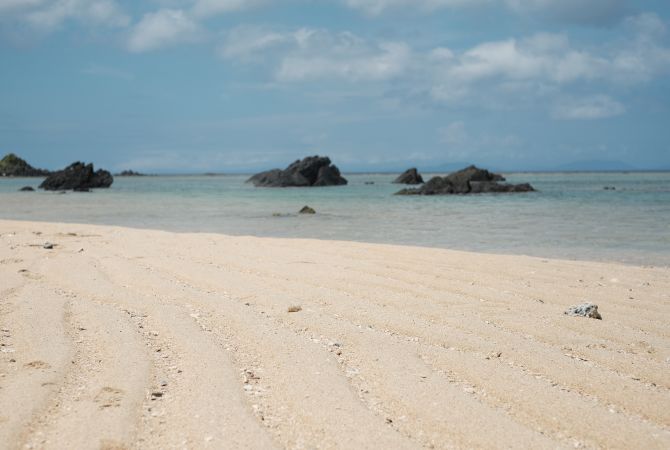

Okinoerabu Island
There are between 200 and 300 limestone caves on the island of Okinoerabu . The natural beauty of the caves makes them a must-see destination.
Like many of the Amami Islands, Okinoerabu is a coral island, great for snorkeling and diving. Unique flora and fauna are in abundant supply and include turtles, sea snakes, sea cucumbers, starfish, octopus, stingrays and reef sharks.


Yoron Island
Yoron Island is the southernmost of the Amami Islands,and it takes only about 40 minutes from Okinawa by air. Yoron is tiny, measuring about 23 square kilometers, and has a population of about 5,000 people.
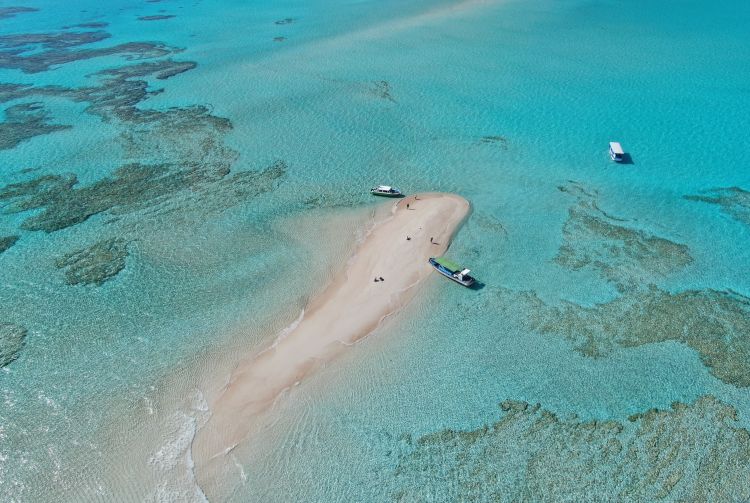

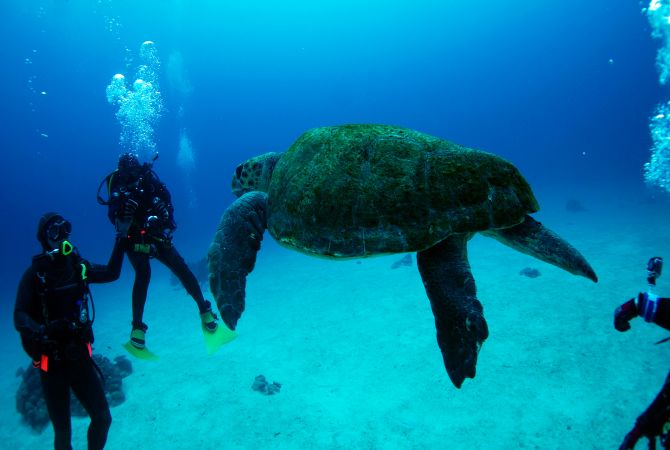
Language
Due to the islands' separation from mainland Japan and their strong association with the other Ryukyu Islands, the people of the Amami Islands chain historically spoke a dialect of Japanese that is almost unrecognizable to speakers of standard Japanese. This local dialect is one of the attractions of these islands.
Food and drink
Keihan is a popular local dish and literally translates to chicken rice. The basic formula is simple (chicken on a bed of rice covered in chicken broth), but the exact presentation differs across the islands. Usually, keihan will include a mixture of sliced omelet, ginger, green onion, shiitake mushrooms and dried seaweed.
Keihan is a popular local dish, which usually includes a mixture of flank steak, sliced omelet, green onion, shiitake mushrooms and pickled papaya. It is said that the Showa Emperor (1926–1989) acclaimed keihan on a visit to the islands.
Across the Amami Islands, they drink kokuto shochu, distilled from sugar cane grown commercially on the islands rather than the usual base of sweet potatoes, rice, barley or buckwheat that is typical on the Japanese mainland.
* The information on this page may be subject to change due to COVID-19.




























































